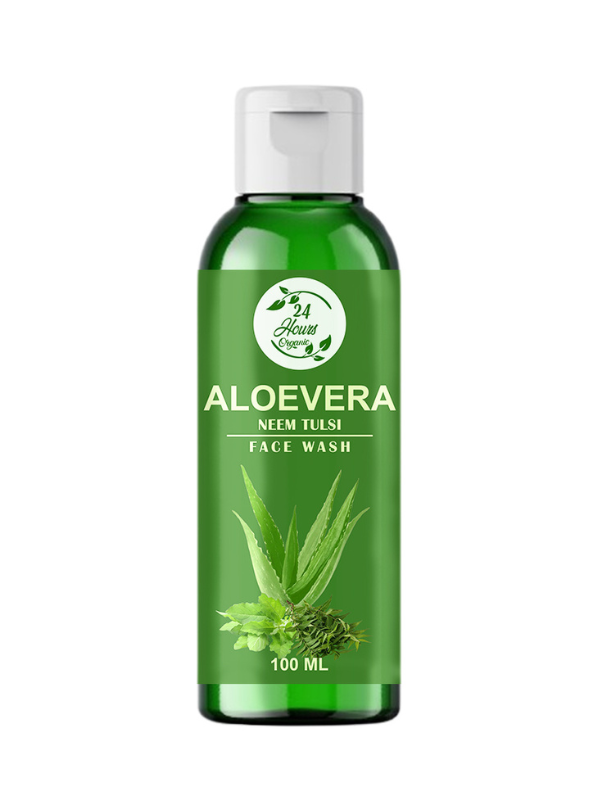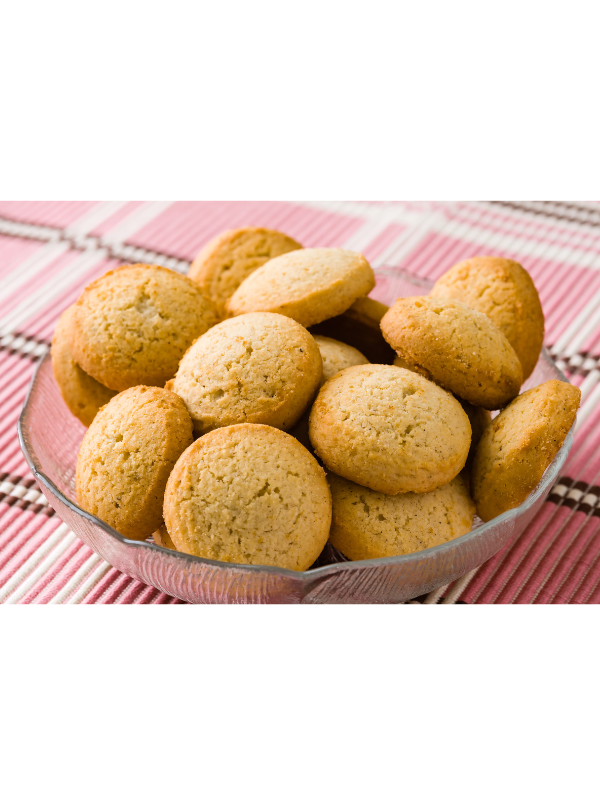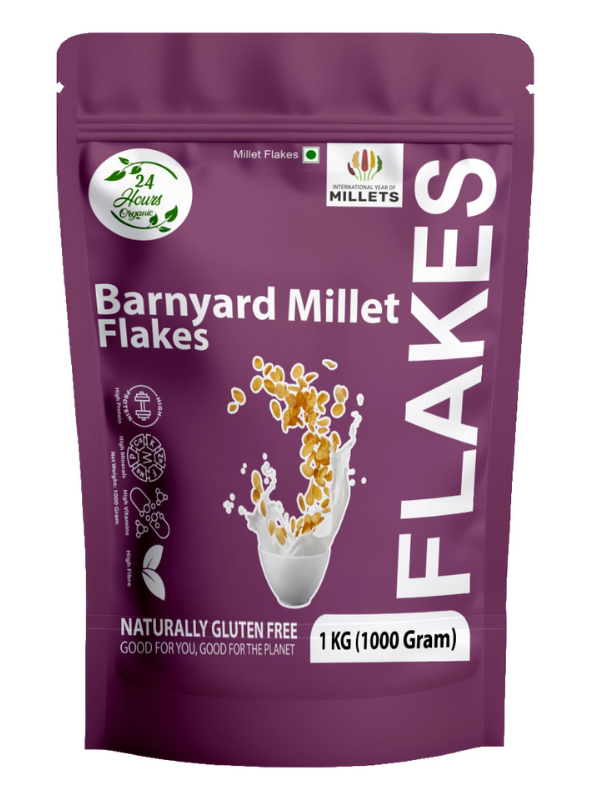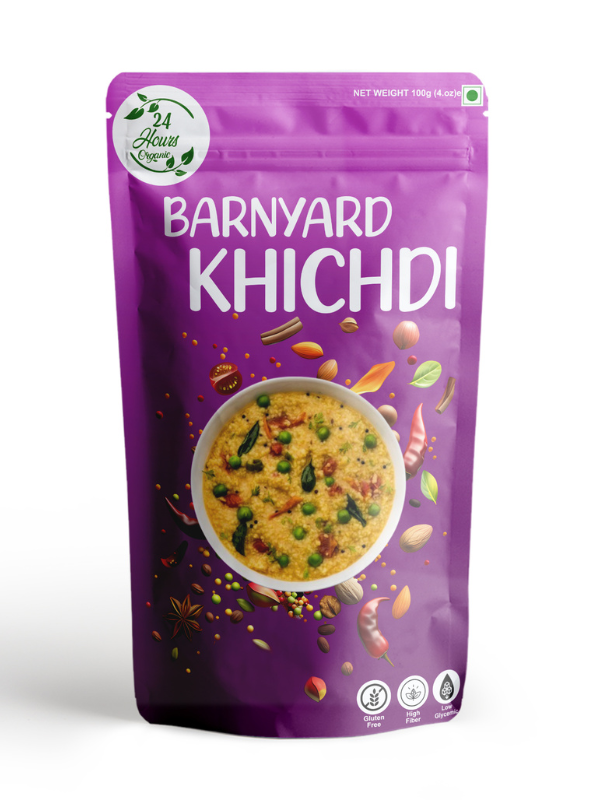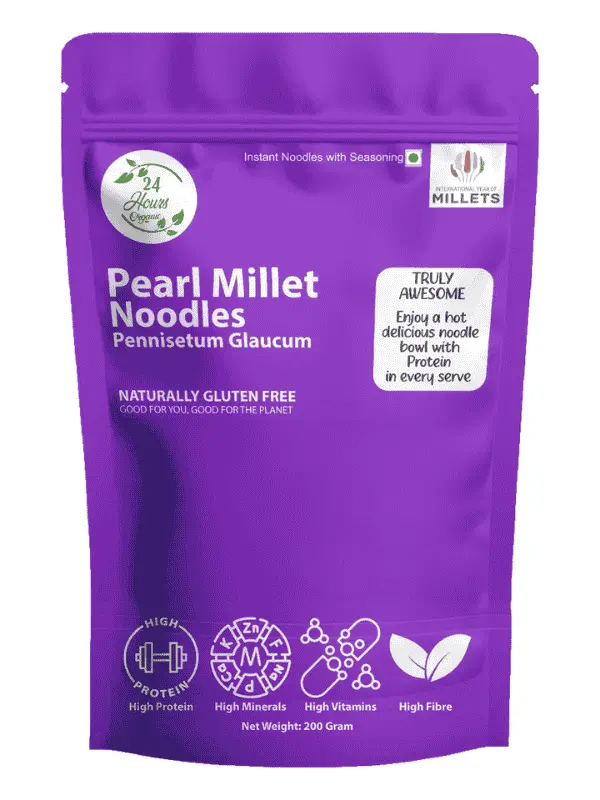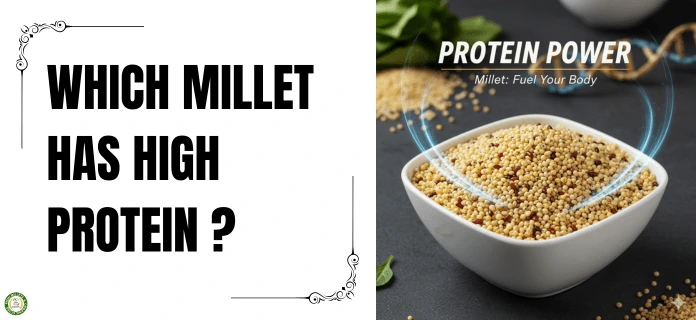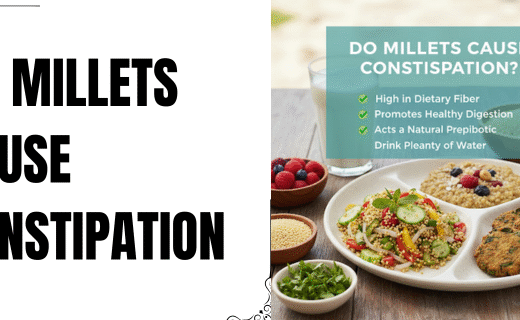Which Millet Has the Highest Protein?
In today’s health-conscious world, people are switching from refined grains like rice and wheat to nutrient-dense alternatives such as millets. These ancient grains, once a staple in traditional Indian diets, have made a powerful comeback due to their impressive nutritional profile. One of the key reasons behind their growing popularity is their high protein content, which makes them an excellent choice for vegetarians, athletes, and anyone seeking balanced nutrition. But which millet has the highest protein, and how can you include it in your daily diet? Let’s explore the protein-rich world of millets in detail.
Rising Popularity of Millets as Superfoods
Millets have recently gained global recognition as superfoods due to their rich nutrient profile and sustainable cultivation. Once considered traditional grains, millets are now making a comeback as a healthier alternative to refined cereals like rice and wheat. They are gluten-free, fiber-rich, and an excellent plant-based source of protein — making them ideal for vegetarians and fitness-conscious individuals.
Importance of Protein in Daily Diet
Protein is a vital nutrient responsible for muscle growth, tissue repair, and hormone regulation. For vegetarians, finding reliable plant-based protein sources is often a challenge. This is where millets become a smart choice — they not only supply high-quality protein but also deliver essential minerals and vitamins that support overall health.
Understanding Millets and Their Nutritional Value
Why Millets Are Better Than Refined Grains
Unlike polished rice or refined wheat, millets are whole grains that retain their bran, germ, and endosperm. This means they contain more fiber, protein, antioxidants, and micronutrients. Millets also have a low glycemic index, which helps regulate blood sugar levels. Their high satiety value makes them suitable for weight management and long-term health.
Top Protein-Rich Millets (Ranked)
Foxtail Millet – The Best Source of Plant Protein
Foxtail millet tops the list when it comes to protein content among Indian millets. It contains around 12–13 grams of protein per 100 grams, making it one of the best natural protein sources for vegetarians. It’s also rich in iron, magnesium, and dietary fiber, supporting both muscle health and metabolism. Regular consumption of foxtail millet helps in muscle recovery and energy maintenance.
Finger Millet (Ragi) – High in Calcium and Protein
Finger millet, commonly known as ragi, is famous for its calcium content but is also a strong source of protein, providing 7–8 grams per 100 grams. Ragi is ideal for those looking to strengthen bones and muscles simultaneously. It’s often used in porridge, rotis, or baked goods as a wholesome protein-rich grain.
Barnyard Millet – Light and Protein-Dense
Barnyard millet, or sanwa, contains approximately 11 grams of protein per 100 grams. It’s easily digestible and low in calories, making it suitable for people with diabetes or digestive issues. This millet also provides good levels of iron and B-complex vitamins, making it a smart inclusion in weight-loss diets.
Little Millet – A Balanced Nutrient Profile
Little millet, known as kutki, offers 9 grams of protein per 100 grams and a rich blend of fiber, antioxidants, and minerals. It is gentle on the stomach and keeps you full for longer hours. Its protein-fiber balance makes it a good option for those seeking slow energy release throughout the day.
Kodo Millet – Ideal for Weight & Sugar Control
Kodo millet offers 8–9 grams of protein per 100 grams and is known for its detoxifying properties. It is gluten-free and helps reduce inflammation while maintaining steady blood sugar levels. Including Kodo millet regularly can support metabolism and assist in healthy weight loss.
Protein Comparison Chart of Different Millets
Millet Name | Protein (per 100g) | Key Benefits |
Foxtail Millet | 12–13g | Highest protein, energy booster |
Barnyard Millet | 11g | Light, rich in iron |
Little Millet | 9g | Balanced nutrients, antioxidants |
Kodo Millet | 8–9g | Sugar control, metabolism support |
Finger Millet (Ragi) | 7–8g | Calcium-rich, strengthens bones |
How to Include High-Protein Millets in Your Diet
Breakfast Ideas with Millets
Start your day with millet-based idlis, dosas, or upma. Foxtail or little millet porridge with fruits and nuts makes an excellent protein-packed breakfast.
Lunch & Dinner Millet Recipes
Replace white rice with cooked foxtail or barnyard millet. You can prepare millet pulao, khichdi, or salads for a filling and nutritious meal that supports muscle recovery.
Millet-Based Snacks for Fitness Enthusiasts
Roasted millet chivda, millet energy bars, or ragi cookies are great post-workout snacks that provide protein, fiber, and long-lasting energy.
Benefits of Eating Protein-Rich Millets
Helps in Muscle Building
The amino acids present in millets aid muscle growth and recovery, especially for people with active lifestyles.
Aids Weight Management
High-protein millets help you feel fuller for longer, reducing cravings and promoting fat metabolism.
Keeps Blood Sugar in Control
Millets have a low glycemic index, which helps regulate glucose levels — ideal for diabetic and pre-diabetic individuals.
Boosts Immunity Naturally
Rich in antioxidants, iron, and zinc, millets strengthen your immune system and enhance overall vitality.
Conclusion
When it comes to which millet has high protein, Foxtail Millet stands at the top with the highest protein content among all millets. Including a mix of foxtail, barnyard, and little millet in your meals ensures a balanced intake of protein, fiber, and essential nutrients. For a healthy and sustainable lifestyle, make high-protein millets a daily part of your diet.
Frequently Asked Questions
Which millet is best for gym-goers?
Foxtail millet and barnyard millet are best for gym-goers as they provide high protein and energy to support workouts and muscle recovery.
Can millets replace meat for protein?
While millets cannot fully replace animal protein, they serve as excellent plant-based alternatives when combined with lentils, pulses, and nuts.
Are millets suitable for diabetics?
Yes, millets like foxtail, kodo, and little millet are low in glycemic index and help in maintaining stable blood sugar levels.

